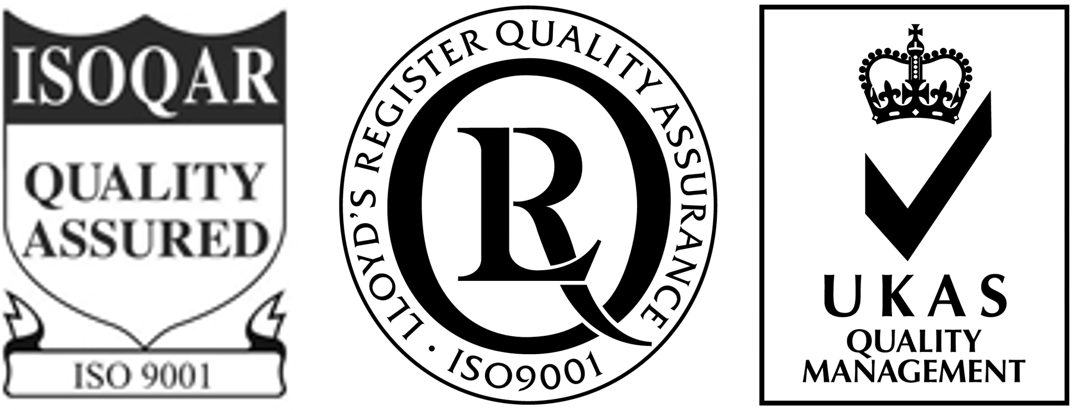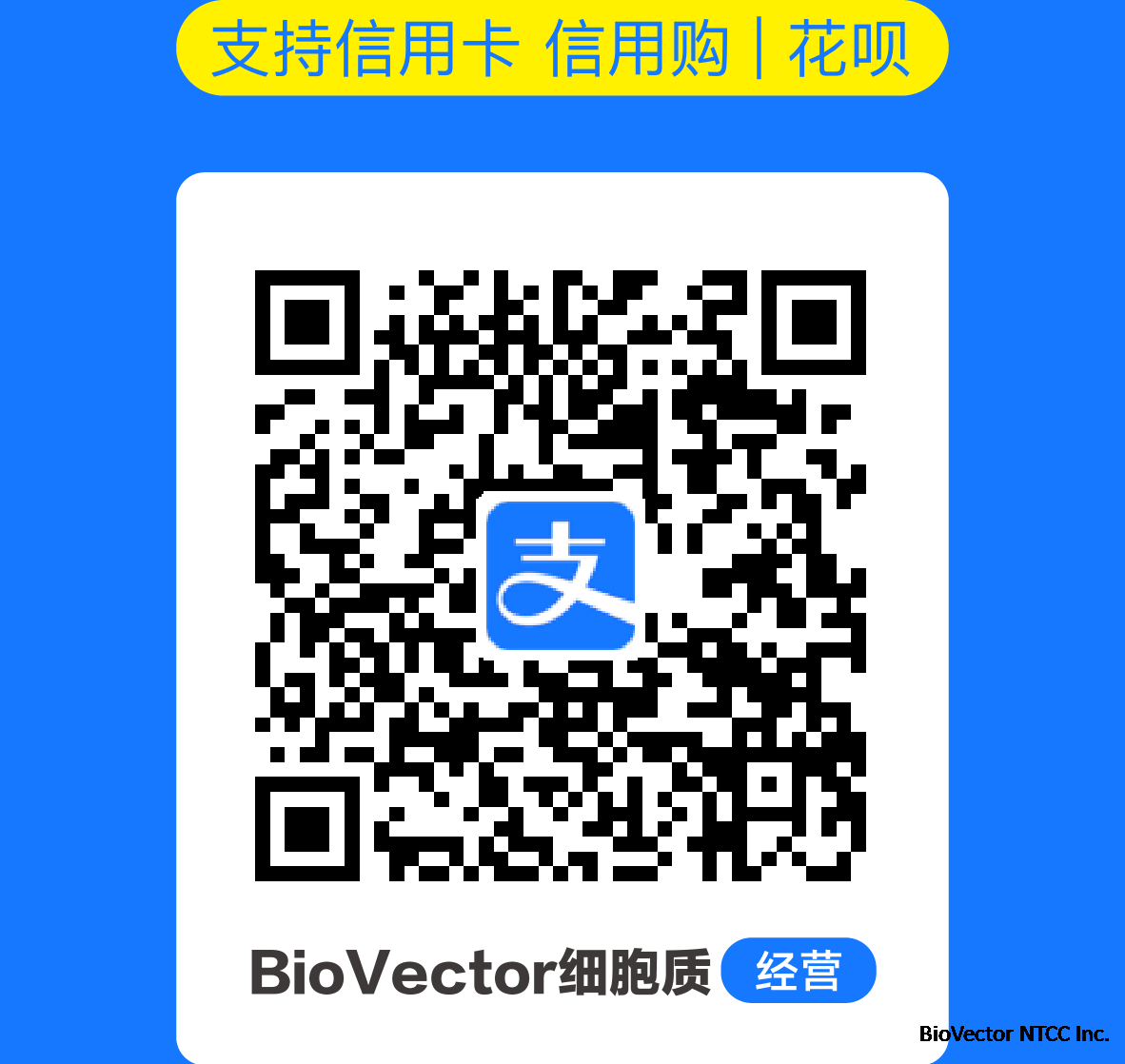alpha tc1.6 cells细胞株 BioVector NTCC质粒载体菌种细胞基因保藏中心
- 价 格:¥29735
- 货 号:alpha tc1.6 cells细胞株
- 产 地:北京
- BioVector NTCC典型培养物保藏中心
- 联系人:Dr.Xu, Biovector NTCC Inc.
电话:400-800-2947 工作QQ:1843439339 (微信同号)
邮件:Biovector@163.com
手机:18901268599
地址:北京
- 已注册
alpha tc1.6 cells细胞株 BioVector NTCC质粒载体菌种细胞基因保藏中心 alpha TC1 clone 6 (ATCC®
CRL2934
™)
Organism: Mus musculus, mouse
Tissue: pancreas, alpha cells
Disease: adenoma
Cell Type: alpha cells
Morphology: epithelial
Growth Properties: adherent, with loosely attached clusters and some single cells in suspension
Refer to the Certificate of Analysis for batchspecific
test results.
ATCC highly recommends that protective gloves and clothing always be used and a full face mask always be
worn when handling frozen vials. It is important to note that some vials leak when submersed in liquid nitrogen
and will slowly fill with liquid nitrogen. Upon thawing, the conversion of the liquid nitrogen back to its gas
phase may result in the vessel exploding or blowing off its cap with dangerous force creating flying debris.
1. Check all containers for leakage or breakage.
2. Remove the frozen cells from the dry ice packaging and immediately place the cells at a temperature
below 130°
C, preferably in liquid nitrogen vapor, until ready for use.
To insure the highest level of viability, thaw the vial and initiate the culture as soon as possible upon receipt. If
upon arrival, continued storage of the frozen culture is necessary, it should be stored in liquid nitrogen vapor
phase and not at 70°
C. Storage at 70°
C will result in loss of viability.
1. Thaw the vial by gentle agitation in a 37°C water bath. To reduce the possibility of contamination, keep
the Oring
and cap out of the water. Thawing should be rapid (approximately 2 minutes).
2. Remove the vial from the water bath as soon as the contents are thawed, and decontaminate by
dipping in or spraying with 70% ethanol. All of the operations from this point on should be carried out
under strict aseptic conditions.
3. Transfer the vial contents to a centrifuge tube containing 9.0 mL complete culture medium and spin at
approximately 125 x g for 5 to 10 minutes.
4. Resuspend cell pellet with the recommended complete medium (see the specific batch information for
the culture recommended dilution ratio) and dispense into a 25 cm2 or a 75 cm2 culture flask. It is
important to avoid excessive alkalinity of the medium during recovery of the cells. It is suggested that,
prior to the addition of the vial contents, the culture vessel containing the complete growth medium be
placed into the incubator for at least 15 minutes to allow the medium to reach its normal pH (7.0 to 7.6).
5. Incubate the culture at 37°C in a suitable incubator. A 5% CO2 in air atmosphere is recommended if
using the medium described on this product.
The flask was seeded with cells (see specific batch information) grown and completely filled with medium at
ATCC to prevent loss of cells during shipping.
1. Upon receipt, visually examine the culture for macroscopic evidence of any microbial contamination.
Using an inverted microscope (preferably equipped with phasecontrast
optics), carefully check for
any evidence of microbial contamination. Also, check to determine if the majority of cells are still
attached to the bottom of the flask; during shipping the cultures are sometimes handled roughly and
many of the cells often detach and become suspended in the culture medium (but are still viable).
2. If the cells are still attached, aseptically remove all but 5 to 10 mL of the shipping medium. The
shipping medium can be saved for reuse. Incubate the cells at 37°C in a 5% CO2 in air atmosphere
until they are ready to be subcultured.
3. If the cells are not attached, aseptically remove the entire contents of the flask and centrifuge at
125 x g for 5 to 10 minutes. Remove shipping medium and save. Resuspend the pelleted cells in 10
mL of this medium and add to 25 cm2 flask. Incubate at 37°C in a 5% CO2 in air atmosphere until cells
are ready to be subcultured.
Volumes used in this protocol are for 75 cm2 flasks; proportionally reduce or increase amount of dissociation
medium for culture vessels of other sizes.
NOTE: Warm all solutions to 37.0°C prior to use
1. Transfer all medium and floating cells from flask to a 50 mL centrifuge tube.
2. Adherent cells are removed using Cell Dissociation Buffer (an enzyme free buffer; Invitrogen, Catalog
No. 13150016)
diluted 1:5 with Hanks' Balanced Salt Solution. Add 5.0 mL of diluted cell dissociation
buffer per 75 cm2 flask and gently rock flask to bathe the cells at room temperature for 1 to 2 minutes.
3. Allow the flask to remain at room temperature for 1 to 5 additional minutes until cells have detached
from the flask.
4. Firmly tap the flask against palm of hand to dislodge cells.
5. Add 10.0 mL of fresh medium per 75 cm2 flask and triturate up and down directing the stream along
the growth surface of the flask to dislodge the cells and break up some of the clumps.
6. Transfer these cells to the centrifuge tube from Step 1. Centrifuge at 125 x g for 5 to 10 minutes.
Remove medium and resuspend pellet in fresh complete medium.
7. Add appropriate aliquots of cell suspension to new culture vessels.
8. Incubate cultures at 37°C.
Subcultivation ratio: A subcultivation ratio of 1:3 to 1:4 is recommended.
Medium renewal: Every 2 to 3 days.
Complete growth medium, 55%; heatinactivated
fetal bovine serum, 40%; DMSO, 5%.
Cell culture tested DMSO is available as ATCC Catalog No. 4X.
The parental cell line is less differentiated and produces both glucagon and insulin. Two clonal cell lines, alpha
TC1 clone 6 and alpha TC1 clone 9 (ATCC CRL2350),
are more differentiated than the parent line and
produce only glucagon ref. alpha TC1 clone 6 cells exhibit the most differentiated phenotype and express the
highest levels of glucagon. ref
Biosafety Level: 2
[Supplier来源] http://www.biovector.net
CRL2934
™)
Organism: Mus musculus, mouse
Tissue: pancreas, alpha cells
Disease: adenoma
Cell Type: alpha cells
Morphology: epithelial
Growth Properties: adherent, with loosely attached clusters and some single cells in suspension
Refer to the Certificate of Analysis for batchspecific
test results.
ATCC highly recommends that protective gloves and clothing always be used and a full face mask always be
worn when handling frozen vials. It is important to note that some vials leak when submersed in liquid nitrogen
and will slowly fill with liquid nitrogen. Upon thawing, the conversion of the liquid nitrogen back to its gas
phase may result in the vessel exploding or blowing off its cap with dangerous force creating flying debris.
1. Check all containers for leakage or breakage.
2. Remove the frozen cells from the dry ice packaging and immediately place the cells at a temperature
below 130°
C, preferably in liquid nitrogen vapor, until ready for use.
To insure the highest level of viability, thaw the vial and initiate the culture as soon as possible upon receipt. If
upon arrival, continued storage of the frozen culture is necessary, it should be stored in liquid nitrogen vapor
phase and not at 70°
C. Storage at 70°
C will result in loss of viability.
1. Thaw the vial by gentle agitation in a 37°C water bath. To reduce the possibility of contamination, keep
the Oring
and cap out of the water. Thawing should be rapid (approximately 2 minutes).
2. Remove the vial from the water bath as soon as the contents are thawed, and decontaminate by
dipping in or spraying with 70% ethanol. All of the operations from this point on should be carried out
under strict aseptic conditions.
3. Transfer the vial contents to a centrifuge tube containing 9.0 mL complete culture medium and spin at
approximately 125 x g for 5 to 10 minutes.
4. Resuspend cell pellet with the recommended complete medium (see the specific batch information for
the culture recommended dilution ratio) and dispense into a 25 cm2 or a 75 cm2 culture flask. It is
important to avoid excessive alkalinity of the medium during recovery of the cells. It is suggested that,
prior to the addition of the vial contents, the culture vessel containing the complete growth medium be
placed into the incubator for at least 15 minutes to allow the medium to reach its normal pH (7.0 to 7.6).
5. Incubate the culture at 37°C in a suitable incubator. A 5% CO2 in air atmosphere is recommended if
using the medium described on this product.
The flask was seeded with cells (see specific batch information) grown and completely filled with medium at
ATCC to prevent loss of cells during shipping.
1. Upon receipt, visually examine the culture for macroscopic evidence of any microbial contamination.
Using an inverted microscope (preferably equipped with phasecontrast
optics), carefully check for
any evidence of microbial contamination. Also, check to determine if the majority of cells are still
attached to the bottom of the flask; during shipping the cultures are sometimes handled roughly and
many of the cells often detach and become suspended in the culture medium (but are still viable).
2. If the cells are still attached, aseptically remove all but 5 to 10 mL of the shipping medium. The
shipping medium can be saved for reuse. Incubate the cells at 37°C in a 5% CO2 in air atmosphere
until they are ready to be subcultured.
3. If the cells are not attached, aseptically remove the entire contents of the flask and centrifuge at
125 x g for 5 to 10 minutes. Remove shipping medium and save. Resuspend the pelleted cells in 10
mL of this medium and add to 25 cm2 flask. Incubate at 37°C in a 5% CO2 in air atmosphere until cells
are ready to be subcultured.
Volumes used in this protocol are for 75 cm2 flasks; proportionally reduce or increase amount of dissociation
medium for culture vessels of other sizes.
NOTE: Warm all solutions to 37.0°C prior to use
1. Transfer all medium and floating cells from flask to a 50 mL centrifuge tube.
2. Adherent cells are removed using Cell Dissociation Buffer (an enzyme free buffer; Invitrogen, Catalog
No. 13150016)
diluted 1:5 with Hanks' Balanced Salt Solution. Add 5.0 mL of diluted cell dissociation
buffer per 75 cm2 flask and gently rock flask to bathe the cells at room temperature for 1 to 2 minutes.
3. Allow the flask to remain at room temperature for 1 to 5 additional minutes until cells have detached
from the flask.
4. Firmly tap the flask against palm of hand to dislodge cells.
5. Add 10.0 mL of fresh medium per 75 cm2 flask and triturate up and down directing the stream along
the growth surface of the flask to dislodge the cells and break up some of the clumps.
6. Transfer these cells to the centrifuge tube from Step 1. Centrifuge at 125 x g for 5 to 10 minutes.
Remove medium and resuspend pellet in fresh complete medium.
7. Add appropriate aliquots of cell suspension to new culture vessels.
8. Incubate cultures at 37°C.
Subcultivation ratio: A subcultivation ratio of 1:3 to 1:4 is recommended.
Medium renewal: Every 2 to 3 days.
Complete growth medium, 55%; heatinactivated
fetal bovine serum, 40%; DMSO, 5%.
Cell culture tested DMSO is available as ATCC Catalog No. 4X.
The parental cell line is less differentiated and produces both glucagon and insulin. Two clonal cell lines, alpha
TC1 clone 6 and alpha TC1 clone 9 (ATCC CRL2350),
are more differentiated than the parent line and
produce only glucagon ref. alpha TC1 clone 6 cells exhibit the most differentiated phenotype and express the
highest levels of glucagon. ref
Biosafety Level: 2
[Supplier来源] http://www.biovector.net
您正在向 biovector.net 发送关于产品 alpha tc1.6 cells细胞株 BioVector NTCC质粒载体菌种细胞基因保藏中心 的询问
- 公告/新闻



 免费订购电话: 400-800-2947
免费订购电话: 400-800-2947